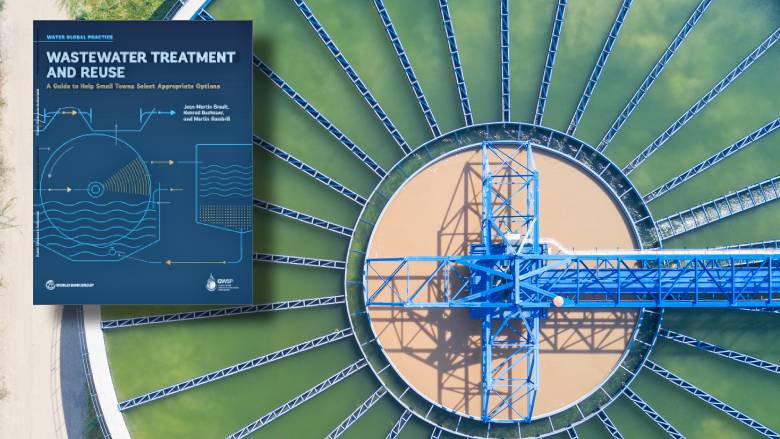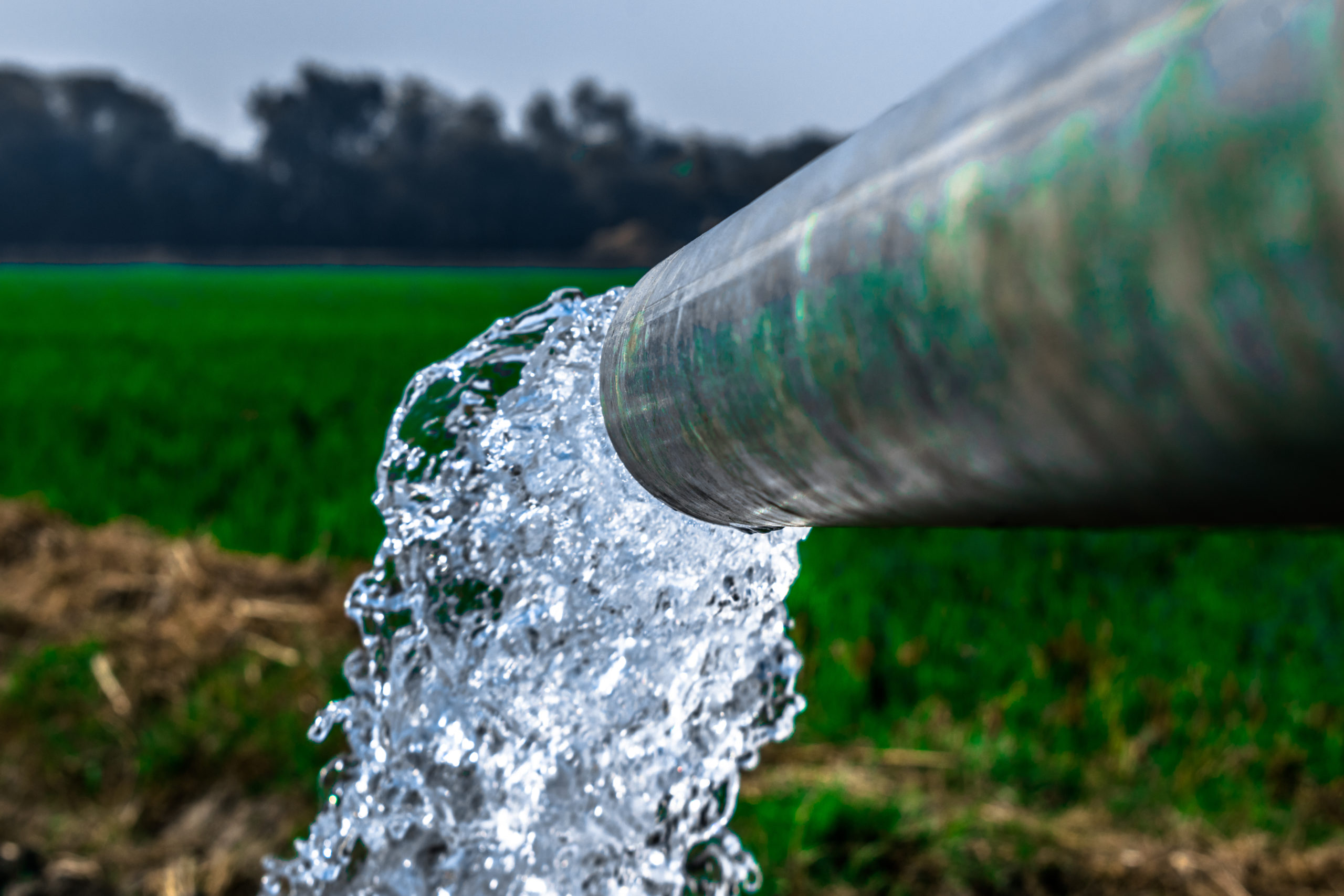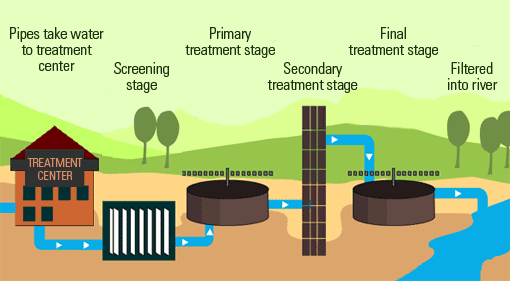Cutting-edge Methods to Waste Water Treatment Technologies
Cutting-edge Methods to Waste Water Treatment Technologies
Blog Article
Strategic Approaches to Enhance Waste Water Treatment Performance and Minimize Environmental Influence
In the world of waste water treatment, the quest for boosted performance and decreased environmental effect is a continuous obstacle that requires strategic services. As society faces the imperative to handle water sources sustainably, a nuanced method becomes essential. The combination of innovative therapy technologies, energy-efficient processes, resource recovery techniques, enhanced nutrient removal strategies, and clever monitoring and control systems stands for a multifaceted framework for attending to these pushing problems. Nonetheless, what exists at the core of this complicated web of strategies is the prospective to revolutionize the means we approach waste water therapy, not equally as a procedure of disposal, but as a beneficial chance for technology and ecological stewardship.
Advanced Treatment Technologies
Innovative membrane filtration systems have actually reinvented advanced wastewater therapy processes, significantly enhancing the elimination of contaminants. These innovative systems function forcibly water through a semi-permeable membrane layer, effectively separating impurities from the water stream. The membrane's microscopic pores trap toxins such as microorganisms, infections, and suspended solids, allowing only purified water to pass through. This innovation has verified to be extremely efficient in removing a vast array of pollutants, including drugs, hefty metals, and natural substances, which are typically challenging to eliminate through traditional treatment techniques.
Additionally, membrane layer filtration systems supply countless benefits over conventional treatment approaches. They require much less room, create higher-quality effluent, and are extra immune to variations in influent water high quality. In addition, these systems are highly functional and can be conveniently incorporated right into existing therapy plants or utilized as standalone systems for decentralized applications. As the need for tidy water remains to increase, the adoption of sophisticated membrane layer purification technologies is essential to make certain sustainable and efficient wastewater therapy techniques.
Energy-Efficient Procedures
The assimilation of energy-efficient processes in wastewater therapy systems is crucial for enhancing source use and minimizing functional prices. One vital method to boosting power performance in wastewater therapy is the usage of innovative aeration systems, such as fine bubble diffusers or surface aerators, which can enhance oxygen transfer performance and reduce power consumption.
Moreover, enhancing process control and automation via using advanced sensing units and keeping track of systems can enhance overall energy effectiveness by changing procedures in real-time based on actual demand and conditions. Executing power audits and regularly monitoring power performance signs are important methods to recognize locations for renovation and track energy-saving campaigns properly. Overall, the adoption of energy-efficient procedures in wastewater therapy not just profits the environment yet also adds to lasting expense financial savings and operational sustainability.
Source Recovery Methods
With a focus on maximizing resource utilization and sustainability in wastewater treatment systems, the implementation of source recuperation strategies becomes a critical Discover More facet in enhancing functional performance. Source healing techniques in wastewater therapy entail the recognition and removal of important sources from the waste stream, therefore turning what was when taken into consideration waste into an important property. By executing resource recovery methods such as nutrient removal and recuperation, energy generation from raw material, and the manufacturing of multiple-use water, wastewater treatment plants can minimize environmental effect while maximizing efficiency.

Boosted Nutrient Elimination Methods
Executing innovative nutrient elimination strategies is crucial for optimizing the performance of wastewater treatment systems. One of the essential strategies used for improved nutrient removal is the process of organic nutrient removal (BNR), which involves the removal of nitrogen and phosphorus with biological processes.

In enhancement to BNR, progressed treatment approaches such as membrane layer bioreactors (MBRs) and constructed wetlands can also be used to boost nutrient elimination efficiency. By integrating these advanced nutrient elimination methods right into wastewater treatment markets, districts and systems can effectively minimize nutrient air pollution and protect the environment.
Smart Tracking and Control Systems
Using cutting-edge innovation, the integration of clever tracking and control systems revolutionizes the operational efficiency of wastewater treatment centers. These systems incorporate advanced sensors and information analytics to constantly monitor key criteria such as pH degrees, turbidity, liquified oxygen, and circulation rates in real-time. By collecting and assessing this information, drivers can obtain beneficial insights right into the performance of the treatment procedures, allowing proactive adjustments to optimize treatment performance.
Smart monitoring and control systems also support remote tracking capabilities, permitting drivers to accessibility real-time information and control functions from off-site areas. This remote access enhances functional flexibility go to website and responsiveness, making it possible for swift interventions in situation of system breakdowns or variations in influent high quality. The predictive upkeep capabilities of these systems help stop equipment failings and decrease downtime, inevitably boosting the overall dependability of wastewater therapy operations.
Final Thought
Finally, strategic approaches such as advanced therapy innovations, energy-efficient processes, resource recovery methods, improved nutrient removal methods, and clever surveillance and control systems play a crucial function in enhancing wastewater therapy effectiveness and lessening ecological influence. By carrying out these techniques, wastewater therapy plants can improve their general performance, decrease power intake, recuperate valuable sources, and make sure compliance with environmental policies. These approaches are crucial for sustainable and effective wastewater management practices.

In final thought, critical methods such as innovative treatment innovations, energy-efficient processes, source healing methods, boosted nutrient elimination methods, and wise tracking and control systems play an important role in boosting wastewater therapy performance and decreasing ecological influence.
Report this page